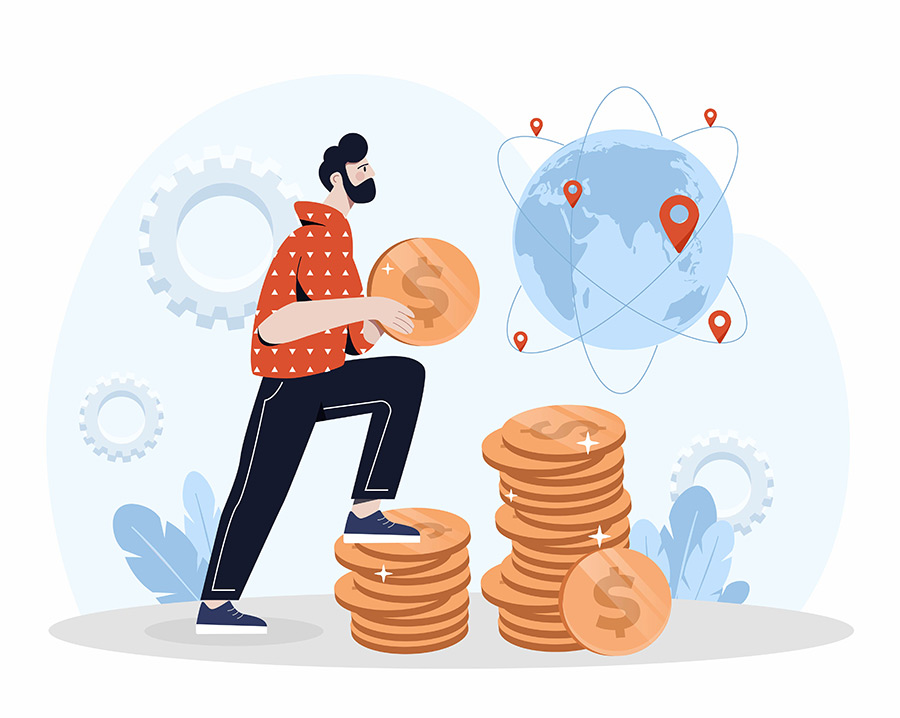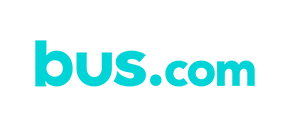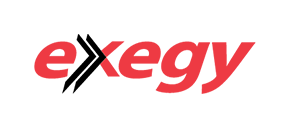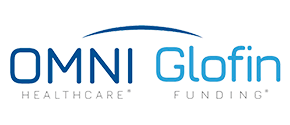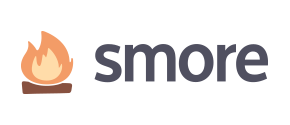Co-author: Rachel Epstein
The current economic climate is causing customers to re-evaluate the necessity of existing vendor partnerships and SaaS platforms thus leading to a possible increase in customer churn next year. The last thing any sales leader needs right now is to worry about customer retention while already stressed out about reaching their, probably unrealistic, quota that’s been set for 2023.
A proactive strategy for retaining your customer needs to be in full swing heading into 2023 to ensure your customers are engaged, invested, and getting value. During economic uncertainty it’s more likely that customers will ask themselves,” Do I really need this?”
Make sure their answer is, YES!
That’s why Net Revenue Retention, or NRR, is an essential KPI for every SaaS company. NRR measures a company’s ability to retain existing customers and increase revenue from them over a given period. It is calculated by subtracting the churned revenue from the expansion revenue across all customers at the start of a given period and dividing this by the total revenue from all customers at the start of that same period.
(Starting MRR + Expansion MRR) – Churned MRR/ Starting MRR = NRR
Expansion Revenue = Upsell, Cross-Sell, Upgrades, Price Increases
Churned Revenue = Cancellations, Non-Renewals, Downgrade
Why is it so important?
NRR is important not just to calculate customer retention, but also to measure and understand a company’s ability to cultivate customer engagement and meet the needs of their customers through product and service improvements. Acquiring new customers and increasing ToF (top of funnel) is just one way to increase revenue, but you also must focus on long-term retention and engagement of current customers as well as identifying “land and expand” opportunities to capture additional expansion revenue.
In fact, according to HBR, multiple studies in different industries will confirm that acquiring a new customer is “anywhere from five to 25 times more expensive than retaining an existing one.”
It makes sense. Acquiring new customers takes time, energy, and money from both the marketing and sales teams. Whereas retaining a customer takes fewer financial resources since you are maintaining an existing relationship.
The reason that NRR should be above 100% is also easy to understand. Customers have already committed to your product, invested internal resources for onboarding, integrated it into other systems, and spent time training internal employees so it would make sense that these would be prime upsell/cross-sell targets.
Recurring revenue is essential for SaaS companies to maintain consistent and predictable growth. And successful onboarding + proactive/strategic customer relationships = high retention rates, positive customer feedback, high customer engagement, and referrals.
When does churn really start?
Churn starts during the sales process. Every. 👏 Single. 👏 Time. 👏
- Hunters need to take time to assess the potential costs associated with the client not resolving their issue and get the prospect to articulate the financial ramifications of leaving the problem unsolved. This sounds like:
a. “What is the financial impact X problem is having on the business?”
b. “How would that save/grow x,y,z”?
c. “How would saving or growing x,y,z impact your revenue?” - Sales reps need to set up expectations before the close, so the prospect understands what’s needed from them during implementation to be successful. This sounds like:
a. What issues are you expecting to solve with our product/service?
b. What are the success criteria for this initiative?
c. How have other software implementations gone in the past? What’s worked well? What’s been a challenge?
d. More on this in my other post here - Sales reps cannot disappear post close – they must make a hot handoff through a phone call between the high-value client and the onboarding team or CSM.
What can you do to prevent churn?
- Set up a commission incentive structure for your sales reps – 50% commission at close and 50% commission when the customer reaches a milestone that is a leading indicator that the client is onboarded and set up for success.
- Take time to research and find what those implementation milestones and leading indicators are that equal success for your clients (more on this in the next blog post)
- Develop a referral program for customers. Ask yourself, what would the business look like if I ran it off 100% referrals?
- Identify your “High-touch”, “Mid-touch” and “Low-touch” clients and create three onboarding and implementation tracks for each. High touch will have a more personalized customer onboarding experience with walk-throughs and live trainings whilst mid and low touch may receive more onboarding pre-recorded videos and invites to live training webinars.
- Engage throughout the year with customer education by providing weekly/monthly webinars to train on the product or host thought-leaders to talk about a trending topic in your field.
- Out of sight = out of mind! Utilize social media to engage with customers and stay relevant by contributing to the conversation as a thought leader and industry expert in the channels, groups, or chats where your customers live.
- Measure customer satisfaction to improve customer experience by conducting NPS surveys, collecting customer feedback, and using analytics to identify areas of improvement. Remember, a frustrated customer is still an engaged customer and can be saved! Take that seriously and listen to the feedback.
I stopped making New Year’s Resolutions a few years ago and now I come up with a word of the year. Professionally, I believe your word should be “Proactive”. Having a reactive customer strategy in 2023 is probably a losing strategy.

